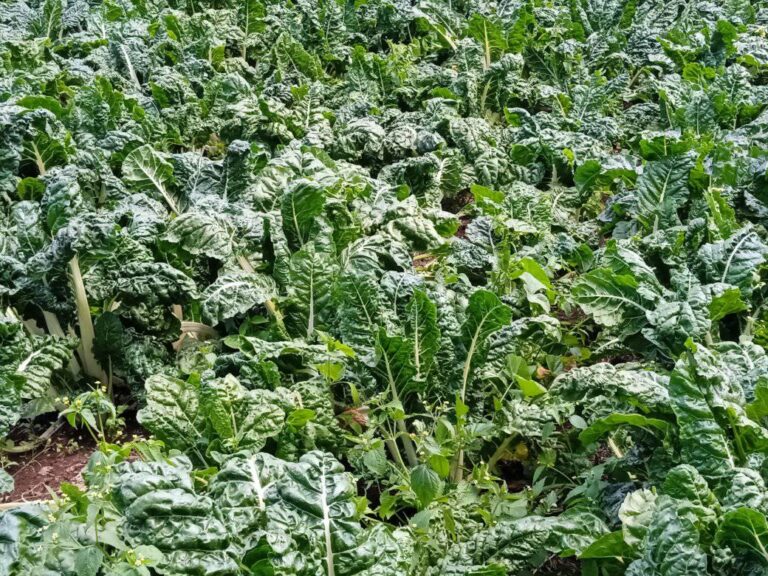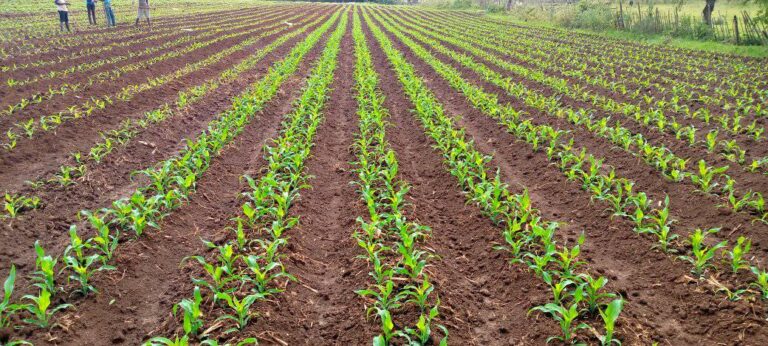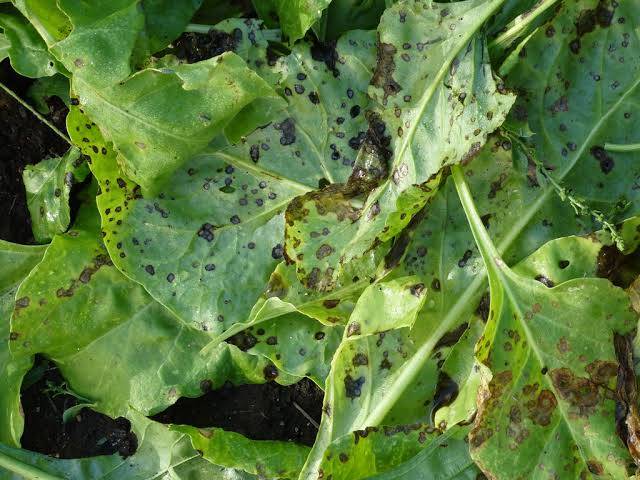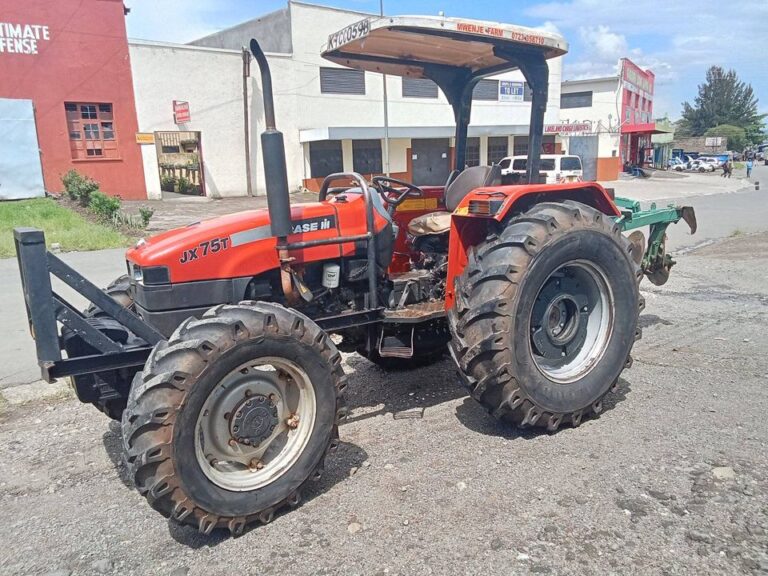Different Crop Rotation Examples
Crop rotation is a fundamental agricultural practice involving the sequential cultivation of different crops on the same land.
This method is essential for sustainable agriculture, improving soil health, managing pests, and enhancing crop yields.
Here, we explore several crop rotation examples that demonstrate the diversity and effectiveness of this practice.
Example 1: Corn-Soybean Rotation
One of the most common crop rotation examples is the corn-soybean rotation. This two-crop system is widely used in Kenya due to its simplicity and effectiveness.
- Maize: Typically grown first, maize is a heavy feeder, requiring substantial nitrogen.
- Soybean: Grown the following year, soybeans are legumes that fix atmospheric nitrogen, replenishing the soil’s nitrogen levels.
Benefits:
- Soil Health: Soybeans enhance soil fertility by fixing nitrogen, reducing the need for synthetic fertilizers for the subsequent corn crop.
- Pest Management: Alternating these crops helps break pest and disease cycles, particularly for corn rootworm and soybean cyst nematode.
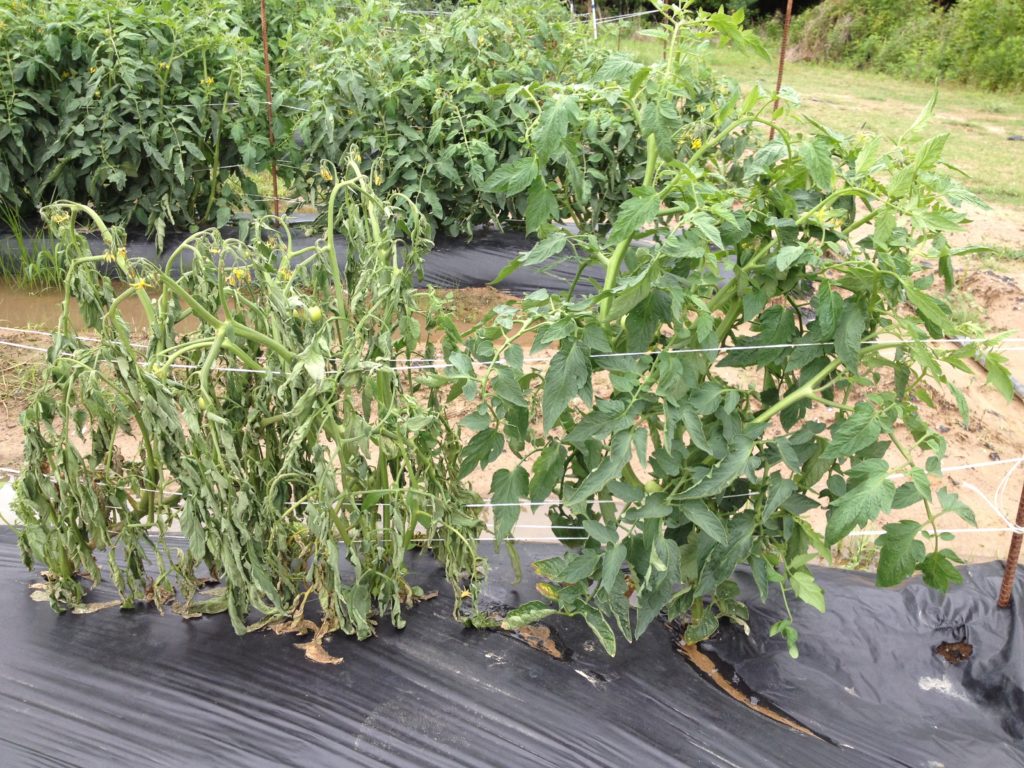
Example 2: Three-Year Rotation (Corn-Soybean-Wheat)
A three-year rotation involving corn, soybean, and wheat adds an additional layer of benefits.
- Year 1: Maize/corn
- Year 2: Soybean
- Year 3: Wheat
Benefits:
- Nutrient Management: Each crop has different nutrient needs, balancing soil nutrient levels and reducing the risk of nutrient depletion.
- Weed Suppression: Wheat provides ground cover, suppressing weed growth and reducing weed pressure on subsequent crops.
- Disease Prevention: The diversity of crops helps reduce the buildup of soil-borne diseases.
Example 3: Four-Year Rotation with Cover Crops
A four-year rotation that includes cover crops maximizes soil health benefits and sustainability.
- Year 1: Maize/Corn
- Year 2: Soybean
- Year 3: Wheat
- Year 4: Cover Crops (e.g., clover, rye, or vetch)
Benefits:
- Soil Improvement: Cover crops improve soil structure, enhance organic matter, and prevent erosion.
- Nutrient Cycling: Cover crops capture residual nutrients and fix nitrogen, making them available for future crops.
- Biodiversity: This rotation increases plant biodiversity, supporting beneficial insects and soil microorganisms.
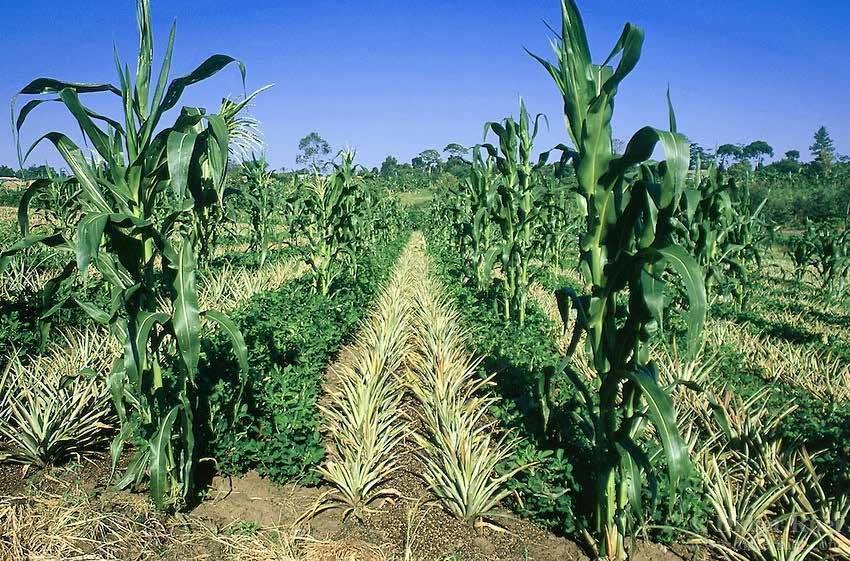
Example 4: Vegetable Crop Rotation
For small-scale farms and gardens, a diverse vegetable crop rotation can be highly effective.
- Year 1: Leafy greens (e.g., lettuce, spinach)
- Year 2: Root vegetables (e.g., carrots, beets)
- Year 3: Fruit-bearing vegetables (e.g., tomatoes, peppers)
- Year 4: Legumes (e.g., beans, peas)
Benefits:
- Soil Nutrients: Different vegetable families have unique nutrient requirements, preventing soil nutrient depletion.
- Pest and Disease Control: Rotating vegetable families reduces the risk of pests and diseases specific to each group.
- Enhanced Soil Health: Legumes in the rotation fix nitrogen, enriching the soil for subsequent crops.
Example 5: Perennial Forage and Annual Crops
Integrating perennial forage crops with annual crops benefits both livestock and crop production systems.
- Years 1-3: Perennial forage (e.g., alfalfa, clover)
- Years 4-5: Annual crops (e.g., corn, wheat)
Benefits:
- Soil Restoration: Perennial forages improve soil structure, increase organic matter, and prevent erosion.
- Nutrient Management: Forages fix nitrogen and recycle nutrients, enhancing soil fertility for annual crops.
- Livestock Integration: This rotation supports integrated crop-livestock systems, providing forage for animals and benefiting from manure as a natural fertilizer.
Conclusion
These examples illustrate the versatility and benefits of crop rotation systems. By strategically rotating crops, farmers can improve soil health, manage pests and diseases, and enhance overall agricultural sustainability.
Implementing diverse and well-planned crop rotations is a cornerstone of resilient and productive farming practices.
